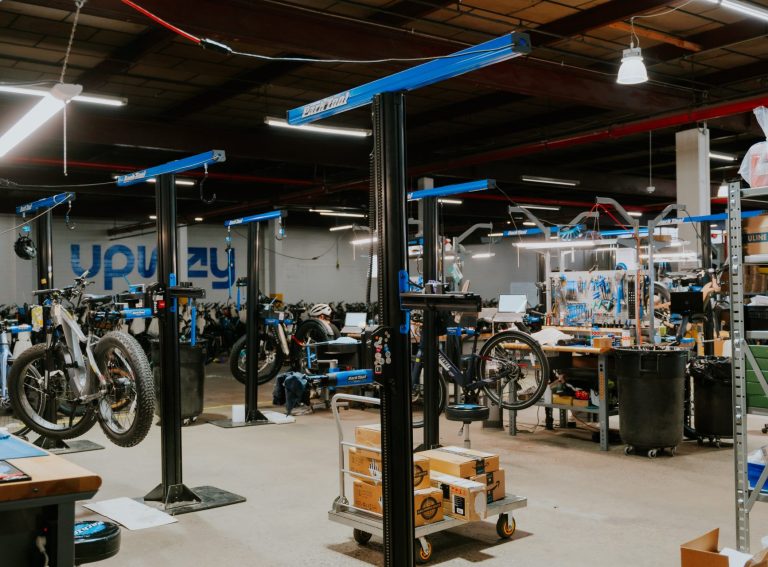Shared e-scooters are currently banned in most parts of China.
Chinese OEM Navee has made it its mission to change this reality and birth a new life in the country for the future of shared e-scooters.
In May, Navee launched its ‘Smart Shared Travel in Suzhou’ urban mobility project in collaboration with the Chinese city’s government, which aims to demonstrate the safety and potential of shared micromobility through a controlled pilot scheme.
Navee plans to introduce 10,000 shared e-scooters and e-bikes in Suzhou by the end of the year in the hope of a domino effect across the country.
“We want to change the current landscape of shared e-scooters in China,” Navee’s Director of Shared Business for China Louis Liu tells Zag Daily in an interview. “If we can pass the test in Suzhou and show how people love to ride e-scooters, then maybe we can change the national government’s mind.”
The pilot up close
Navee has already deployed 700 shared e-scooters across eight areas in Suzhou since the initiative began three months ago. These areas include Wangshan Scenic Area, Tiger Hill Wetland Park, Shihu Scenic Area, and North Taihu Tourism Resor, while the remaining six areas permit Navee’s e-scooters in parks and universities.
In less than two weeks, the micromobility manufacturer will also deploy a fleet of e-scooters in Suzhou’s neighbouring city of Wuxi as part of the trial, after the Wuxi government approached the OEM.
When Navee launches in Wuxi on 20 August, it will be with a second generation of the D1 e-scooter model, the first of which has currently been deployed for the pilot in Suzhou.
Both the D1’s first and second-generation model feature a 350-watt motor, a 55 kilometre range and a speed limit capped at 15 kilometres per hour.
The second generation brings with it a helmet lock which prevents the user from riding the e-scooter if not locked, an automatic capped speed limit when riding downhill, and a sky-blue and white design as opposed to the first generation’s solid black body.
“When we met with the Suzhou government on April 10th, they told us they wanted the shared e-scooters deployed on May 1st. We had 20 days to deploy the vehicles so we only had time to deploy the first generation of the D1. Now we are ready to deploy the second.”
The Suzhou initiative not only aims to impress nationally but internationally too. The hope is that overseas clients can learn how Navee is prioritising rider safety.
A reverse business model
Whereas an operator would typically be in control of a shared micromobility scheme, for this particular ‘Smart Shared Travel in Suzhou’ urban mobility project, it is controlled by a manufacturer, Navee.
This is because Navee has already undergone the process of ‘winning a tender’ by working with the Suzhou government’s transportation and qualification departments, and it’s Navee that’s now been granted to deploy a fleet of e-scooters – not an operator.
“We’ve already received the ‘tender’ or qualification for our e-scooters to enter Suzhou’s parks, universities and even some of the streets,” Louis says.
“If operators want to manage our e-scooters under this initiative, then they’ll need to compete with each other. This means we can choose the operator that’s most willing to join us and consider the higher selling price. We choose them – they don’t choose us.”
Navee doesn’t just profit from the sale of its e-scooters to operators, it also receives profit from the operations under this urban mobility project. In return, Navee is responsible for the vehicle repairs while the operator manages rebalancing the fleet, charging the vehicles and other on-street operations.
“The Chinese government’s resources are very precious. If a company wants to operate in the local market, they need to prove why they should get some of its resources. We’ve already proved it, and now we can share them.
“When we get one permission from the government, we believe we’ll quickly get another two and another three, and our operators can quickly gather profits from these operations. It’s a win-win business.”





